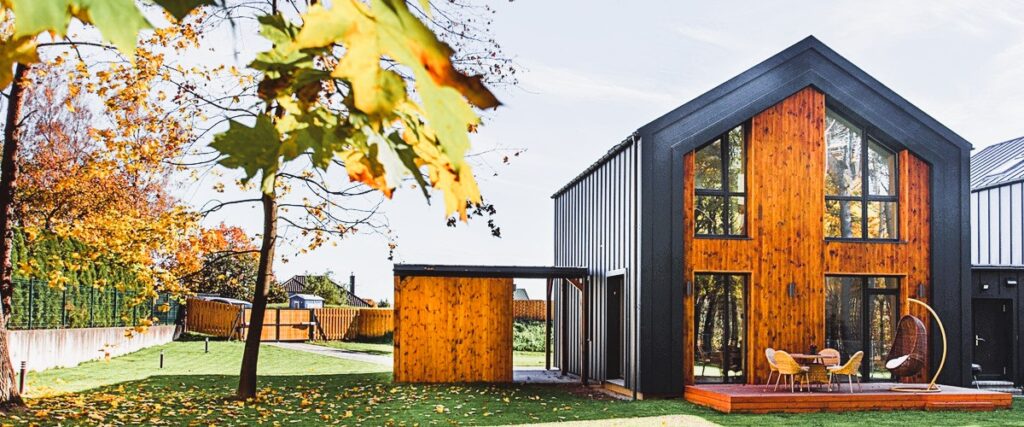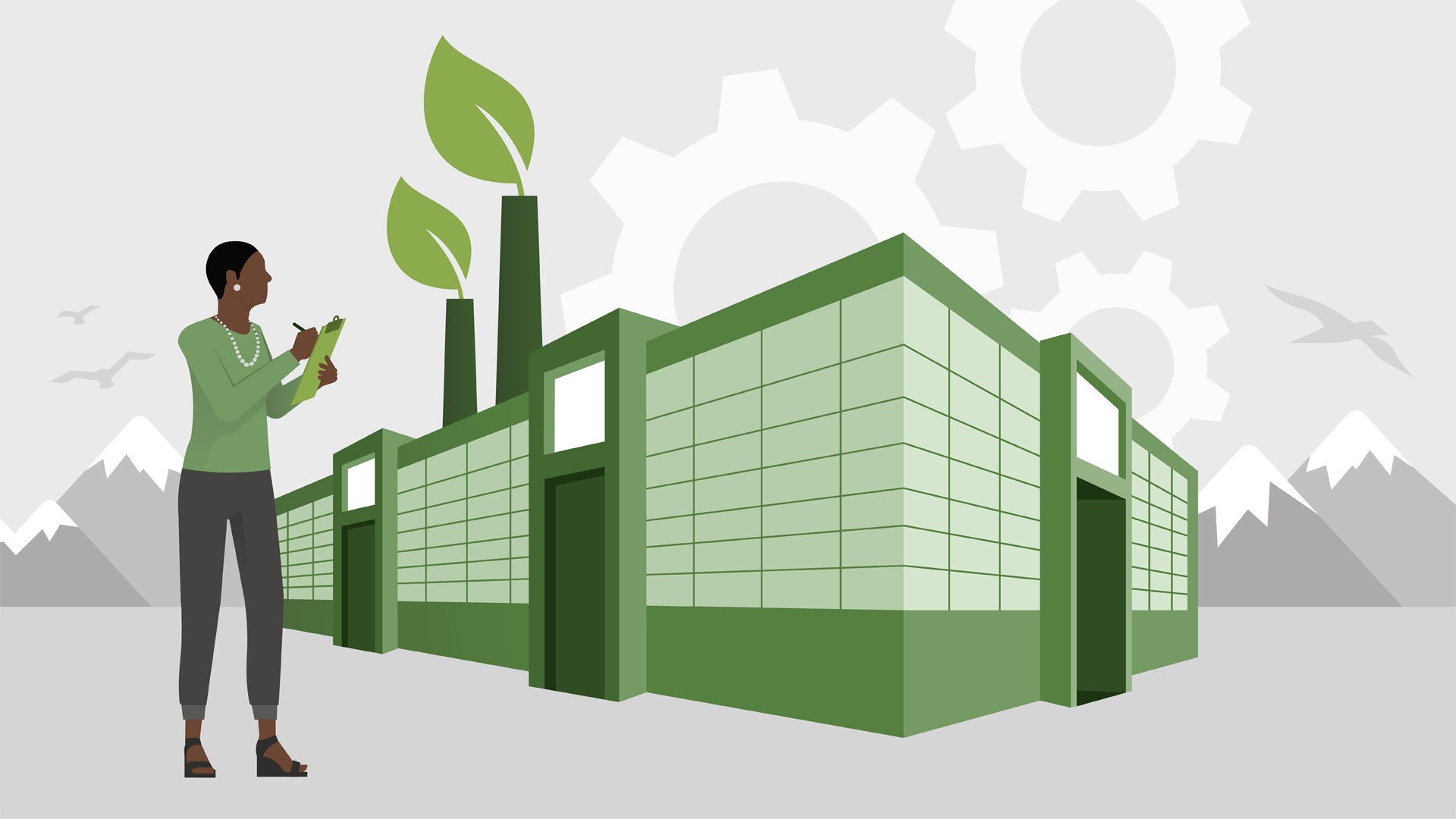Green Building Incentives in Edmonton: Building Eco-Friendly Homes on a Budget
As the world increasingly embraces sustainability and environmental consciousness, the construction industry has a vital role to play in reducing its carbon footprint. In Edmonton, like many other cities, the focus on green building practices has intensified. The city’s commitment to eco-friendly development is evident through various green building incentives that aim to encourage builders to adopt sustainable and energy-efficient construction methods. This article explores the range of green building incentives available in Edmonton, empowering builders to construct eco-friendly homes while optimizing their budgets.
The Rise of Green Building
Green building, also known as sustainable or eco-friendly building, is a holistic approach to construction that seeks to minimize a building’s environmental impact throughout its entire lifecycle. This encompasses resource-efficient design, construction, operation, maintenance, and eventual demolition or deconstruction. The adoption of green building practices has witnessed a significant rise in recent years, driven by environmental concerns, energy efficiency goals, and the desire to create healthier living spaces.
Edmonton’s Commitment to Green Building

Edmonton, as a progressive and environmentally conscious city, has taken significant strides to promote green building practices. The city government, in collaboration with industry stakeholders, has developed a suite of incentives and initiatives to incentivize eco-friendly construction. These incentives are aimed at both individual homeowners and commercial builders, encouraging them to adopt sustainable building practices and technologies.
1. Energy Efficiency Rebates
One of the primary green building incentives in Edmonton is the availability of energy efficiency rebates. These rebates are offered to homeowners and builders who invest in energy-saving upgrades or install energy-efficient appliances in their properties. The rebates may cover items such as ENERGY STAR-rated windows, energy-efficient HVAC systems, LED lighting, and insulation materials. By offsetting the initial costs of these upgrades, the city encourages the integration of energy-efficient features in buildings, resulting in reduced energy consumption and lower utility bills. Understanding Building Subsidies in Edmonton: Who is Eligible and How to Apply, read more here.
2. LEED Certification
Leadership in Energy and Environmental Design (LEED) is a globally recognized green building certification system. Edmonton rewards builders who pursue LEED certification for their projects with tax incentives, grants, or expedited permitting processes. LEED-certified buildings are designed to minimize waste, optimize energy use, and promote sustainable materials. By encouraging LEED certification, Edmonton aims to boost the city’s overall sustainability and reduce greenhouse gas emissions.
3. Solar Energy Incentives
Solar energy plays a crucial role in green building initiatives. Edmonton experiences ample sunlight throughout the year, making it an ideal location for solar energy adoption. The city offers various incentives, including tax credits and grants, for installing solar panels and utilizing solar energy in buildings. These incentives not only support a clean and renewable energy future but also contribute to reduced reliance on traditional fossil fuels.
4. Green Roof Programs
Green roofs are an innovative approach to sustainable building, where vegetation is planted on the roof of a building. Green roofs provide several environmental benefits, including improved air quality, reduced heat island effect, and stormwater management. Edmonton encourages the adoption of green roofs through grants or tax incentives, promoting eco-friendly urban development and enhancing the city’s green infrastructure.
5. Water Efficiency Initiatives
Water efficiency is another crucial aspect of green building. Edmonton encourages builders to incorporate water-saving features such as low-flow fixtures, rainwater harvesting systems, and efficient irrigation techniques. These initiatives help conserve water resources and reduce the strain on municipal water infrastructure, contributing to a more sustainable water management approach.
6. Waste Reduction Programs
Green building goes beyond the construction phase and includes waste reduction strategies during and after the building process. Edmonton encourages builders to adopt waste reduction programs that promote recycling, salvaging, and responsibly managing construction waste. By diverting waste from landfills, builders contribute to a more circular economy and minimize their environmental impact.

7. Education and Training Support
To foster a culture of green building in Edmonton, the city provides education and training support to builders, architects, and other construction professionals. Workshops, seminars, and online resources are offered to increase awareness about green building practices, sustainable materials, and energy-efficient technologies. This support empowers industry professionals to stay updated with the latest developments in green construction and implement eco-friendly measures effectively.
Conclusion
Edmonton’s commitment to green building incentives showcases its determination to create a sustainable and resilient city for future generations. The range of incentives, from energy efficiency rebates to LEED certification support, demonstrates the city’s comprehensive approach to promoting eco-friendly construction practices. By integrating green building principles into their projects, builders in Edmonton not only contribute to a greener environment but also benefit from financial incentives that optimize their budgets. As the city continues to evolve, green building will undoubtedly remain a cornerstone of its sustainable development goals.
Sources:
